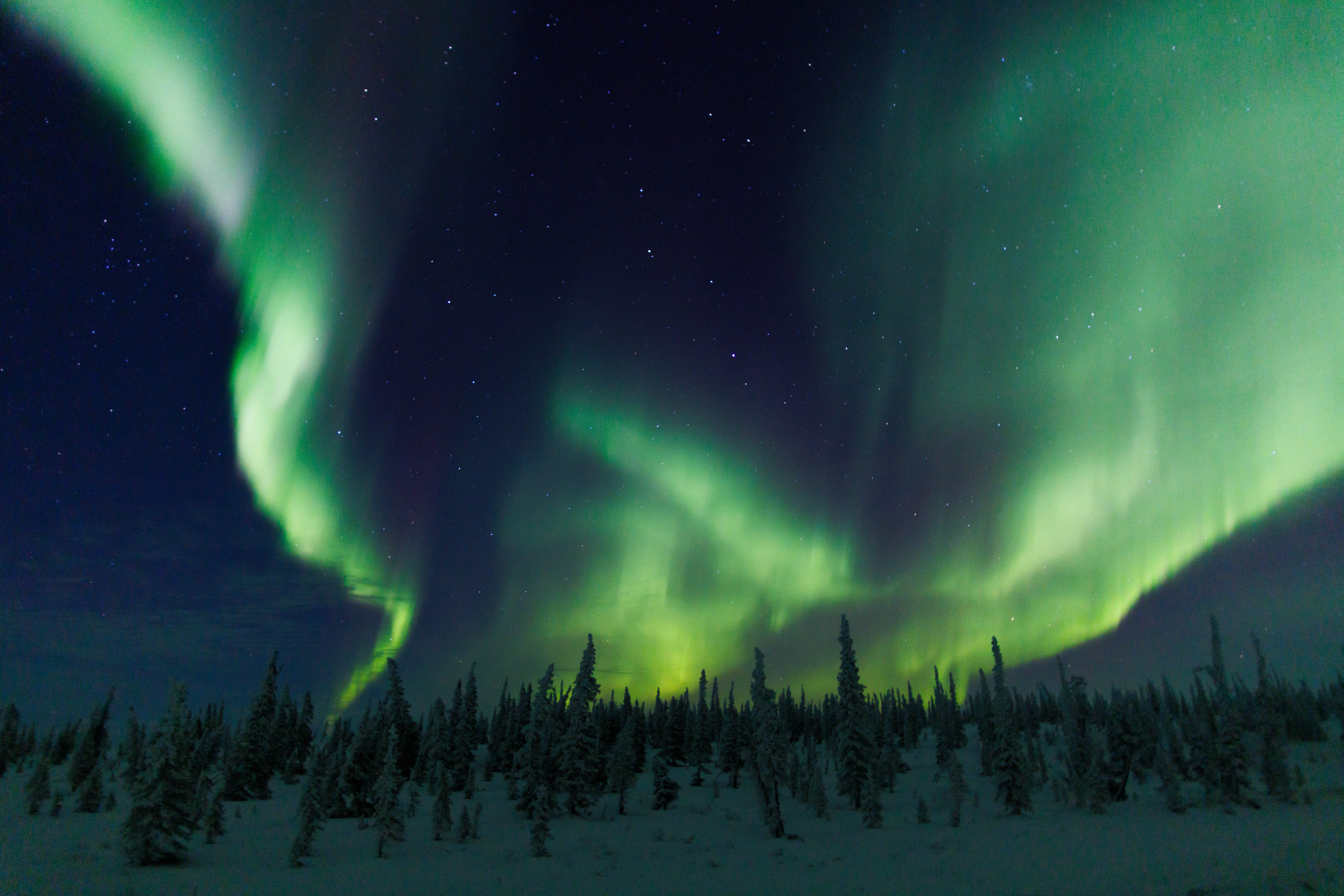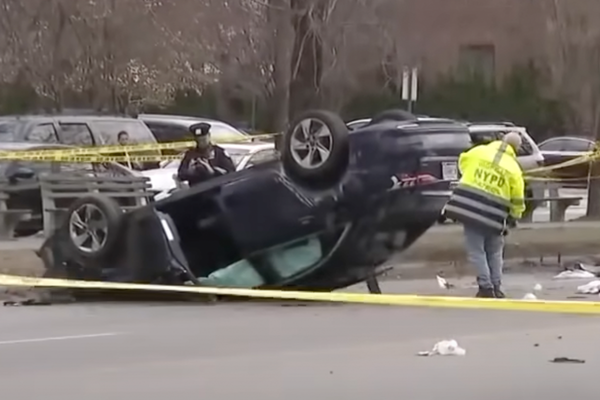Britons were treated to the spectacular sight of the northern lights – or aurora – lighting the skies in some unusual parts of the country this week.
While sightings of the aurora borealis are most common in Scotland, on Tuesday night areas further south were able to enjoy the astronomical phenomena.
The lights, were visible in Whitley Bay, and Tyne and Wear early on Wednesday, where skies remained clear.
A partial solar eclipse will also be visible in parts of the UK this weekend, but cloudy and rainy days could hamper those wishing to catch a glimpse.
The phenomenon occurs when the moon passes between the sun and the Earth. The three will not be completely aligned, meaning only part of the Sun will be obscured.
What are the northern lights and will the UK see them again?
The aurora borealis is caused by solar storms on the surface of the sun.
These storms give out eclectically charged particles which can travel millions of miles and, in some cases, they collide with Earth.

Although most of these solar particles are deflected, some are captured by the Earth’s magnetic field, creating spectacular displays.
Auroras give off several colours, such as purple, blue and pink, and are most visible at night. These colours are created by two primary gases in the Earth’s atmosphere — oxygen and nitrogen.
Oxygen causes a green light, and nitrogen gives off hints of purple or blue, while a red hue can also be seen when oxygen very high up in the Earth’s atmosphere interacts with solar particles.
Usually, the northern lights are visible in Norway, Sweden, Finland, Iceland, Greenland, Canada, the north of American state Alaska and northern Siberia in Russia. They are rarely seen in the UK.
Stephen Dixon, spokesman for the Met Office, said: “People have noticed the northern lights more in the last year as the sun is in its solar maximum phase of an 11-year cycle, meaning higher frequency of solar activity on the sun.
“It can interact with the Earth’s atmosphere and bring us the northern lights as we know them in the UK.

“There’s a chance of aurora sightings over northern Scotland tonight, but there is some cloud and rain moving in so the best chance of visibility is further east of Scotland.
“That chance of aurora sighting continues over Thursday and Friday.”
When will there be a solar eclipse?
The eclipse is expected to be visible in the UK from 9.56am to 12.14pm on Saturday, with the peak in London at around 11.03am.
Those in northern parts of Scotland – which on a clear day would be one of the best places for viewing the eclipse – may be left disappointed due to cloud cover.
Mr Dixon said: “There’s patchy cloud around on Saturday in the south.
“The north west of Scotland, which has the best window for seeing the partial solar eclipse, is unfortunately going to see rain and cloudy skies.
“However, those further south in England on Saturday should see some break in the cloud.”







